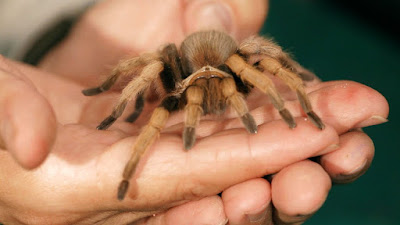Second-hand smoke refers to smoke that smokers’
exhales into the air which can then be inhaled by everyone around, including
pets. On the other hand, third-hand smoke is the residue that sticks to fur,
skin, clothing, etc. The smoke residues remain long after the air has been
cleared of smoke. Both secondhand and third-hand smoke are referred to as
environmental tobacco smoke (ETS).
Studies have shown that there is an increased risk of
developing malignant lymphoma in cats that are exposed to ETS. The risk was 2.5
times higher in cats living in households with ETS exposure compared to cats
living in smoke-free households. The risk relatively increases with the length
of exposure to ETS. There is also strong evidence that suggests a strong link
between the occurrence of oral cancers in cats and exposure to third-hand
smoke. Cats can get smoke residue that have attached to their skin which
damages their oral tissues eventually leading to oral cancer.






